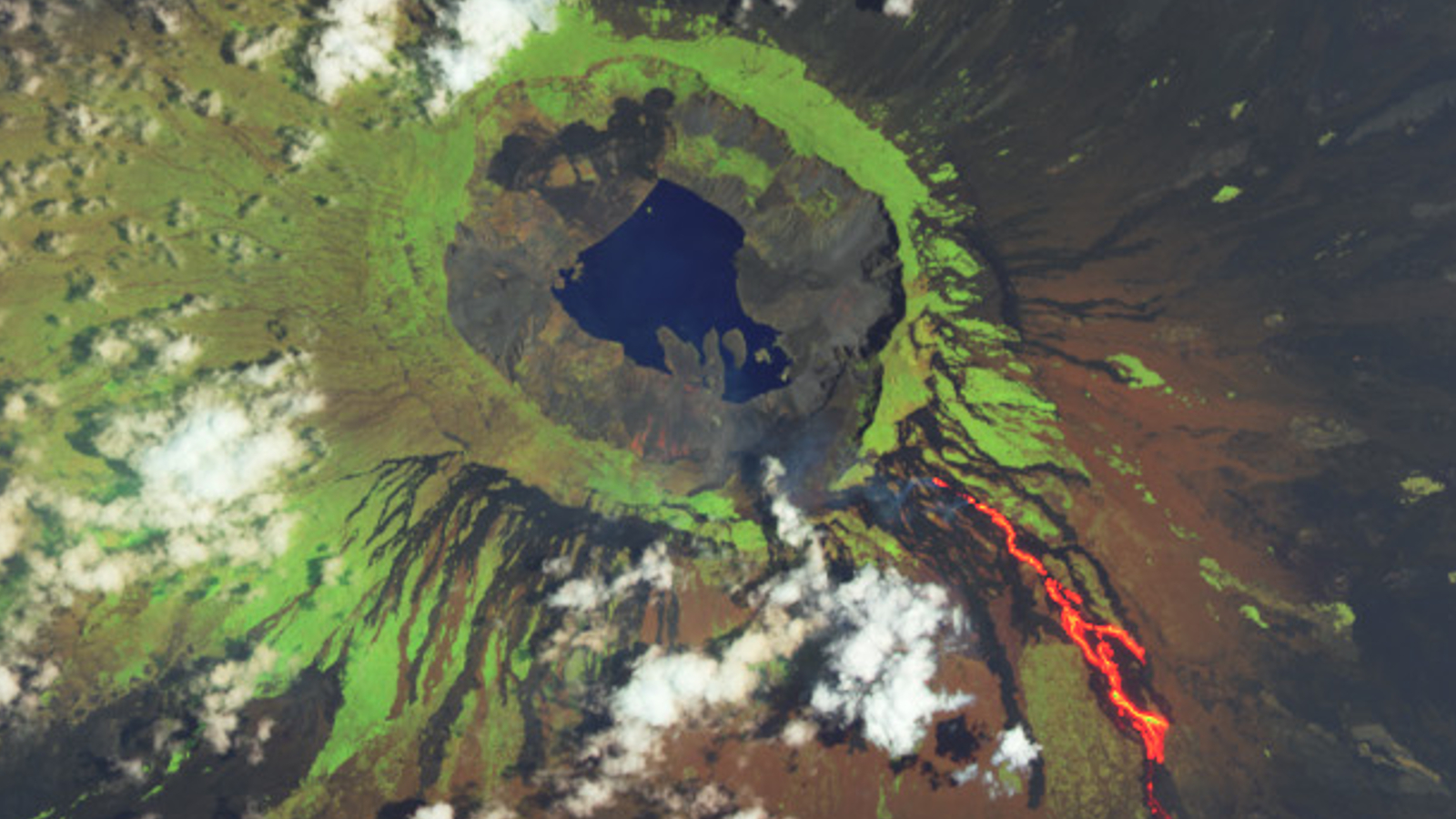Forests, Vol. 14, Pages 2154: Nocturnal Water Use Partitioning and Its Environmental and Stomatal Control Mechanism in Caragana korshinskii Kom in a Semi-Arid Region of Northern China
Forests doi: 10.3390/f14112154
Authors: Wei Li Yu Zhang Nan Wang Chen Liang Baoni Xie Zhanfei Qin Ying Yuan Jiansheng Cao
As an important aspect of plant water consumption, nocturnal water use (En) behavior provides reliable information on the effect of plantation carbon and water budgets at stand and regional scales. Therefore, quantifying En and its environmental and stomatal controlling mechanisms is urgent to establish adaptation strategies for plantation management in semiarid regions. With the help of the sap flow technique, our study investigated the seasonal variations in canopy transpiration and canopy conductance in a Caragana korshinskii Kom plantation. Environmental variables were measured concurrently during the growing seasons of 2020 and 2021. The results indicated that the average En values were 0.10 mm d−1 and 0.09 mm d−1, which accounted for 14% and 13% of daily water use, respectively, over two years. The proportions of nocturnal transpiration (Tn) to En were approximately 49.76% and 54.44%, while stem refilling (Re) accounted for 50.24% and 45.56% of En in 2020 and 2021, respectively, indicating that C. korshinskii was able to draw on stored stem water to support transpiration. En was predominantly affected by nocturnal canopy conductance (Gc–n), air temperature (Ta–n) and wind speed (u2-n). In contrast, Gc–n and Ta–n explained the highest variation in Tn and nocturnal vapor pressure (VPDn), and u2-n explained the highest variation in Re. Total effects of the five environmental and stomatal variables explained 50%, 36% and 32% of En, Tn and Re variation, respectively. These findings could enable a better understanding of nocturnal water use dynamics and their allocation patterns in C. korshinskii plantations on the Bashang Plateau. Moreover, our results reveal the water use strategies of artificial shrubs and highlight the importance of incorporating nocturnal water use processes into large-scale ecohydrological models in semiarid regions.

 5 months ago
25
5 months ago
25

